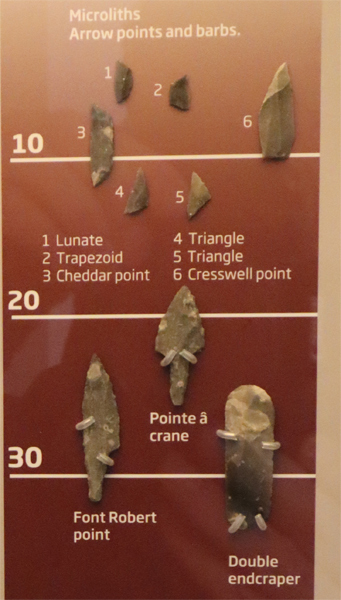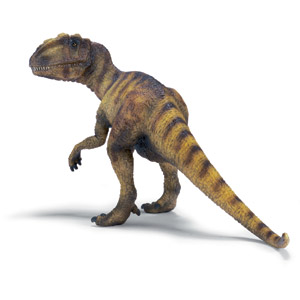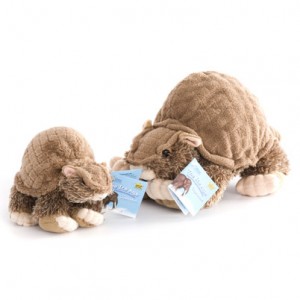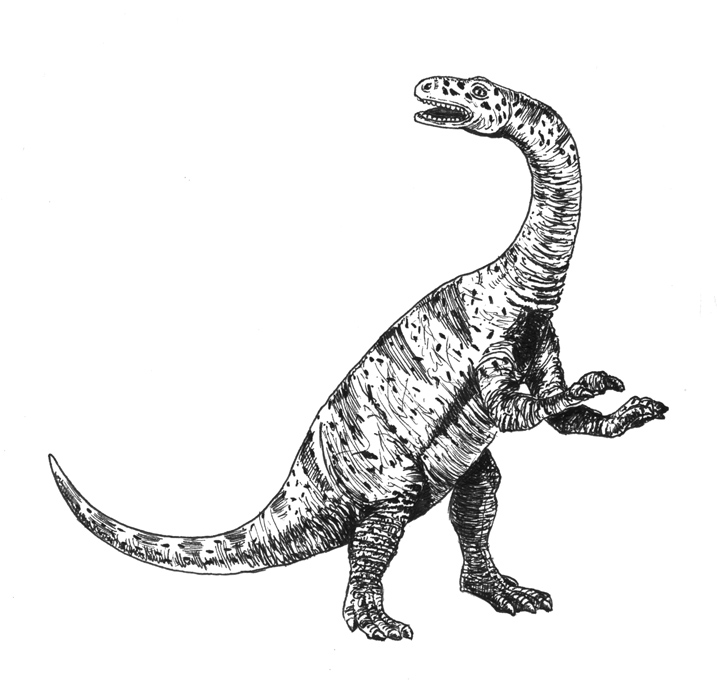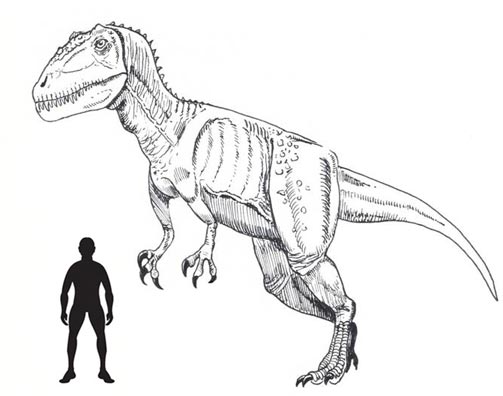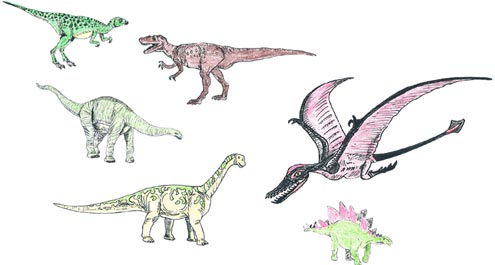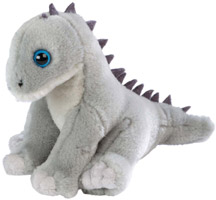And the Beetles shall Inherit the Earth According to New Research
Scientists Show that Beetles evolved alongside the Dinosaurs
A visitor to Earth 230 million years ago wandering the Middle Triassic landscape may well have marvelled at the small, but swift moving, funny looking reptiles that seemed to becoming more abundant. These were the first dinosaurs, who along with other fast moving reptiles such as the Ornithosuchia, ancient reptiles from the archosaur group and the mammal-like reptiles and the “dead clades walking” left over from the Permian extinction made up the mega fauna of this period. However, hopefully such a visitor might have taken time to study a much smaller group of animals, just beginning to make their presence felt in the undergrowth and flying around the horsetails and ferns.
These were the early ancestors of beetles, a group of insects classified as the order Coleoptera and arguably now the most successful group of creatures on the planet, with scientists estimating that beetles make up about 25% of all known animal species. A conservative estimate of total beetle species (the vast majority yet to be named and described); puts the total number of individual beetle species at around 8 million – 1,000 times as many species of beetle than all the mammal species on Earth.
Early Beetles
Now a British based research project tracing the origin of beetles indicates that these creatures appeared at the time of the first dinosaurs. The research team, led by Professor Alfried Vogler from Imperial College London and the department of Entomology at the Natural History Museum, put the success of beetles down to their ability to diversify and fill a wide range of ecological niches. The very large number of beetle species may be due to these animals ability to evolve rapidly to exploit new opportunities within ecosystems as they arise.
Certainly as the Jurassic period came along with its warmer and wetter climate this would have fuelled beetle diversification, just as it did with the dinosaurs.
The team used DNA sequencing from 1,880 beetle species, coupled with a review of the known beetle fossil record, to compile a family tree of Coleoptera, which could then reveal the key moments in the evolution and development of beetles.
Previous scientific research had indicated that the beetle group had diversified due to the emergence of flowering plants in the Cretaceous period. This new study shows that beetles diversified and evolved into new forms much more quickly than previously thought.
Professor Vogler stated that beetles have displayed an exceptional ability to seize new ecological opportunities and develop a great range of life styles and feeding types.
“Unlike the dinosaurs which dwindled to extinction, beetles survived because of their ecological diversity and adaptability,” he said.
Beetle Evolution
Gaining a better understanding about the evolution of beetles is an important part of learning about the world around us. Studying such a successful group of insects can help scientists learn more about biodiversity and how ecological niches are filled.
The hard exoskeleton (carapace) of beetles and their abundance makes fossils of them pretty common. Many pieces of amber contain beetle fossils and members of the Everything Dinosaur team have seen water beetle fossils from late Pleistocene times as they removed samples from tar pits.
Visit Everything Dinosaur’s website: Everything Dinosaur.


